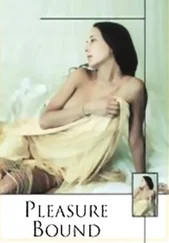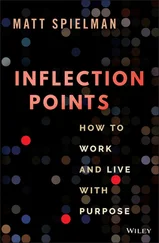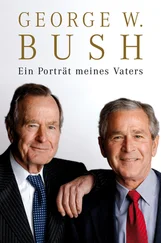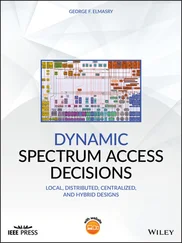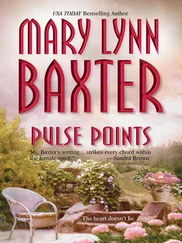Laura and I watched the rest of the parade from the reviewing stand at the White House. We waved to the marchers from every state and were thrilled to see high school bands from Midland and Crawford. After the parade, I went to check out the Oval Office. As I walked over from the residence, the room looked like it was glowing. Its bright lights and gold drapes stood out in vivid contrast from the dark winter sky.
Each president decorates the Oval Office in his own style. I hung several Texas paintings, including Julian Onderdonk’s renditions of the Alamo, a West Texas landscape, and a field of bluebonnets—a daily reminder of our ranch in Crawford. I also brought a painting called Rio Grande from an El Paso artist and friend, Tom Lea, and a scene of a horseman charging up a hill by W.H.D. Koerner. The name of the piece, A Charge to Keep , echoed a Methodist hymn by Charles Wesley, which we sang at my first inauguration as governor. Both the painting and hymn reflect the importance of serving a cause larger than oneself.
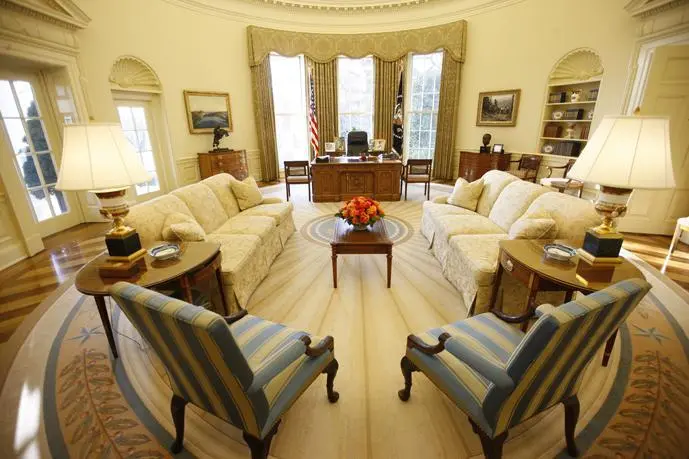
The Oval Office as it looked during my presidency. White House/Eric Draper
I decided to keep the Rembrandt Peale portrait of George Washington that Dad and Bill Clinton had placed over the mantel. I added busts of Abraham Lincoln, Dwight Eisenhower, and Winston Churchill—a gift on loan from the British government courtesy of Prime Minister Tony Blair. I had told Tony that I admired Churchill’s courage, principle, and sense of humor—all of which I thought were necessary for leadership. (My favorite example of Churchill’s wit was his reply when Franklin Roosevelt caught him coming out of the tub on a visit to the White House in December 1941. “I have nothing to hide from the president of the United States!” he said.) After 9/11, I realized the three busts had something in common: All depicted wartime leaders. I certainly didn’t have that in mind when I chose them.
One space on the wall was reserved for the president’s most influential predecessor. I chose Lincoln. He’d had the most trying job of any president, preserving the Union. Some asked why I didn’t put Dad’s portrait in that spot. “Number forty-one hangs in my heart,” I said. “Sixteen is on the wall.”
The centerpiece of the Oval Office was the Resolute desk. I had chosen the desk because of its historical significance. Its story began in 1852, when Queen Victoria dispatched the HMS Resolute to search for the British explorer John Franklin, who had been lost looking for the Northwest Passage. The Resolute was trapped in ice near the Arctic and abandoned by its crew. In 1855 it was discovered by an American whaling ship, which sailed the Resolute back to Connecticut. The vessel was purchased by the U.S. government, refitted, and returned to England as a goodwill gift to the queen. When the Resolute was decommissioned two decades later, Her Majesty had several ornate desks made out of its timbers, one of which she gave to President Rutherford B. Hayes.
Most presidents since Hayes have used the Resolute desk in one capacity or another. Franklin Roosevelt commissioned a front panel door with a carved presidential seal, which some historians believe was intended to hide his wheelchair. Little John F. Kennedy, Jr., poked his head out that door in the most famous Oval Office photo ever taken. Dad had used the Resolute in his upstairs office in the residence, while Bill Clinton returned it to the Oval. Sitting behind the historic desk was a reminder—that first day and every day—that the institution of the presidency is more important than the person who holds it.
Andy Card was with me as I took my place at the Resolute for the first time. My first Oval Office decision was to replace the desk chair—a bizarre contraption that vibrated when plugged in—with something more practical. Then the door to the Rose Garden swung open. I looked up and saw Dad.
“Mr. President,” he said. He was wearing a dark suit, his hair still wet from the hot bath he’d taken to thaw out.
“Mr. President,” I replied.
He stepped into the office, and I walked around the desk. We met in the middle of the room. Neither of us said much. We didn’t need to. The moment was more moving than either of us could have expressed.
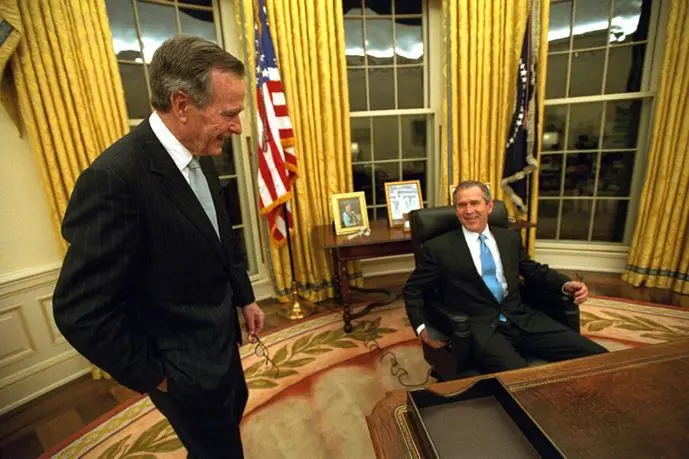
Dad and I together in the Oval Office that day. White House/Eric Draper

On my ninth day as president, my domestic policy team gathered in the Oval Office. Everyone was on time. That was what I expected. Timeliness is important to make sure an organization does not get sloppy. The chief briefer that day was Margaret Spellings, a smart and feisty mother of two. Margaret had served with me in Austin and moved to Washington as my top domestic policy adviser. She covered a variety of topics that day, including a new initiative for people with disabilities and an election reform commission chaired by former Presidents Ford and Carter. Then she launched into a discussion of embryonic stem cell research. “The Clinton administration issued new legal guidelines that interpret the Dickey Amendment to permit federal funding for embryonic stem cell research. We have several options going forward—”
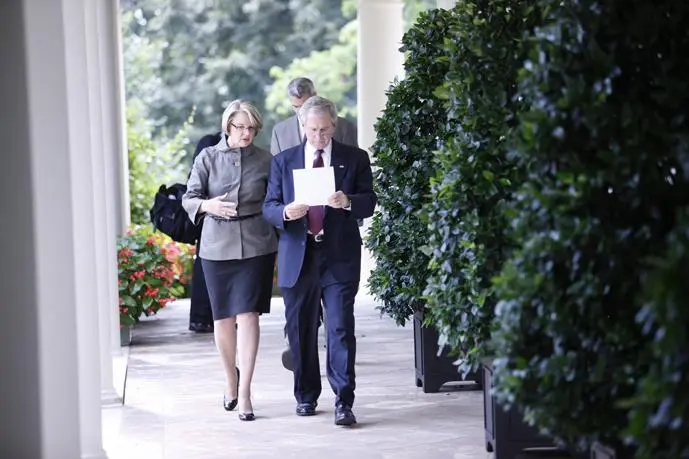
With Margaret Spellings. White House/Eric Draper
That’s as far as she got before I cut her off. “First of all,” I asked, “what exactly is a stem cell?” I learn best by asking questions. In some cases, I probe to understand a complex issue. Other times, I deploy questions as a way to test my briefers’ knowledge. If they cannot answer concisely and in plain English, it raises a red flag that they may not fully grasp the subject.
As usual, Margaret was well prepared. She started by explaining the science. Embryonic stem cells are a special medical resource because they can transform into a wide variety of different cell types. Just as the stem of a vine grows into many distinct branches, embryonic stem cells have the capacity to grow into nerve cells for the brain, muscle tissues for the heart, or other organs. These cells offered a possible way to treat ailments from juvenile diabetes to Alzheimer’s to Parkinson’s. The technology was new, and the science was unproven. But the potential was significant. However, the only way to extract embryonic stem cells is to destroy the embryo. This raised a moral dilemma: Could the destruction of one human life be justified by the hopes of saving others?
Congress’s answer seemed clear. Every year since 1995, the House and Senate had passed legislation banning the use of federal funds for research in which human embryos were destroyed. The law was known as the Dickey Amendment after its sponsor, Congressman Jay Dickey of Arkansas.
In 1998, a researcher at the University of Wisconsin isolated an individual embryonic stem cell for the first time. As the cell divided, it created a multitude of other cells—called a line—that could be used for research. Soon after, the Clinton administration adopted a novel interpretation of the Dickey Amendment. Lawyers argued that taxpayer dollars could be used to support stem cell research on lines derived from destroyed embryos so long as the destruction itself was funded by private sources. The National Institutes of Health prepared to award grants under those terms, but President Clinton’s term ended before any funds were distributed. The immediate decision facing me was whether to allow those grants to proceed.
Читать дальше





